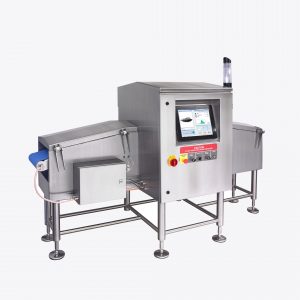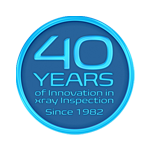‘Invisible’ Fish Bones
Fish is an important part of a healthy diet and today we can choose from a greater variety of fish products than ever before, thanks to major improvements in processing, refrigeration, ice making, and transportation.
But for many people there remains one big drawback – the presence of fish bones. Usually long and thin, these sharp bones are not only a nuisance when you’re trying to enjoy a meal, they can cause serious health problems if they are swallowed and get stuck in your throat.
Supermarkets are very aware of their customers’ general aversion to fish bones and, as a result, are pushing processors to make a product that can be “guaranteed bone free”. But that’s easier said than done.
As the production of fish has become increasingly mechanised, manufacturers of deboning machines are striving to increase the performance and throughput of their systems. But inevitably some bones occasionally make it through. Often the deboner has lifted the bone and removed a section of it, leaving a smaller section behind, making it even more challenging to detect. But our fish X-ray inspection technology can often come to the rescue.
X-ray Can Solve The Problem of ‘Invisible’ Fish Bones
X-ray inspection works by passing low-energy X-rays through a product. Different elements absorb different amounts of X-ray so, in the resulting images, metals, glass and bone appear darker than the surrounding fish. But although X-ray inspection is widespread in the food industry more generally, the challenge of detecting fish bones remains. This is primarily because fish bones are low density, with low mineral content, and are very thin. This all makes them difficult to detect.

How We Detect Tiny Bones in Fish
Standard end-of-line X-ray inspection equipment uses a 0.4mm or 0.8mm resolution sensor to detect contaminants. However, this is insufficient to detect pin bones and other sub-mm diameter bones. To detect such tiny bones (in either wet or frozen fish) we use a 0.05mm (50 micron) resolution area sensor more typically seen in the medical or electronics industries. This unparalleled level of resolution, combined with Sapphire’s low-energy X-ray generators, gives rise to images which can reliably show even the smallest of fish bones – measuring just 0.1mm.
These high-quality images are then processed via our automatic inspection software that looks for dark features that follow a straight line. The software takes into account the natural muscle patterns in fish, which would otherwise lead to false rejects. The production line can be programmed to reject any products where bones over a certain size have been identified. It is also possible to count the number of bones and so allow through a certain number of small bones that pose little risk to health.
All in all, our X-ray inspection technology is using our 35 years of industry experience to give suppliers a new perspective when it comes to satisfying public demand for bone-free fish.
Click here to find out more about our G120 advanced fishbone detection X-ray system.

